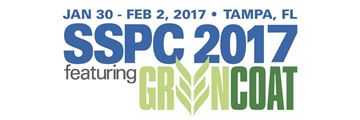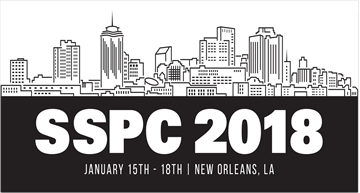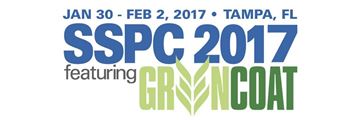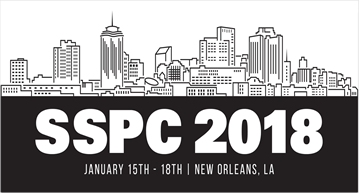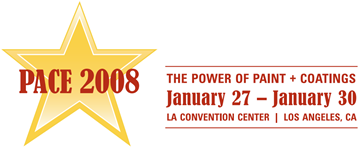Search
Products tagged with 'osha'
View as
Sort by
Display
per page
Regulatory Update: Current and Emerging Trends in Occupational and Environmental Health
Product Number:
41216-975-SG
Publication Date:
2016
$20.00
Regulatory Update: Current and Emerging Trends in Occupational and Environmental Health
Product Number:
41215-904-SG
Publication Date:
2015
$20.00
Regulatory Update: Current and Emerging Trends in Occupational and Environmental Health
Product Number:
51217-049-SG
Publication Date:
2017
$20.00
Regulatory Update: Current and Emerging Trends in Occupational and Environmental Health
Product Number:
51218-124-SG
Publication Date:
2018
$20.00
Regulatory Update: New and Revised Regulations and Actions Effecting the Coatings Industry
Product Number:
51219-198-SG
Publication Date:
2019
$20.00
Regulatory Update: New and Revised Regulations and Actions Effecting the Coatings Industry
Product Number:
51220-252-SG
Publication Date:
2020
$20.00
Respirable Crystalline Silica, It’s History, Disease and Osha’s New Standards: Understanding the New Regulations
Product Number:
51217-041-SG
Publication Date:
2017
$20.00
Respirators - What's Needed for an OSHA Respirator Program
Product Number:
51218-098-SG
Publication Date:
2018
$20.00
Understanding the Breathing-Air System in Abrasive Blasting
Product Number:
41215-891-SG
Publication Date:
2015
$20.00
Who Says I Can’t Blast This Way! Regulations & Standards Affecting Safe Abrasive Blasting
Product Number:
41208-412-SG
Publication Date:
2008
$20.00



